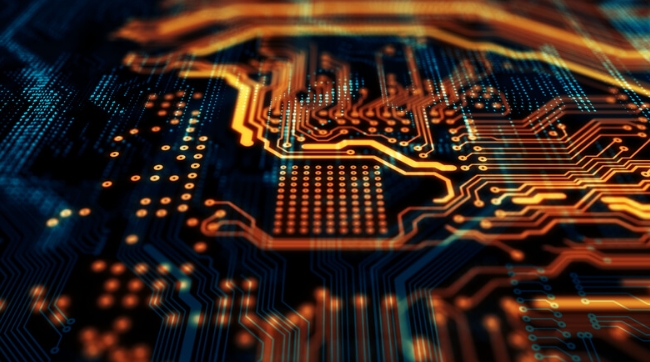Custom printed circuit boards (PCBs) are at the core of most electronic devices, from simple household appliances to complex industrial systems. They serve as the backbone for interconnecting various electronic components in a precise and efficient manner. Understanding the cost implications when designing and manufacturing custom PCBs is crucial for engineers, designers, and businesses alike. This article aims to provide an in-depth analysis of the factors affecting the cost of custom printed circuit boards, helping you make informed decisions during the design and production stages.

- Number of Layers: Multi-layered PCBs with more than two layers typically incur higher costs due to increased fabrication complexity.
- Component Density: The number and density of components on a board affect both material usage and assembly costs. High-density designs often require more sophisticated equipment and processes.
- Routing Complexity: The intricacy of signal paths and traces can impact design time and production costs.
- Board Type: Standard FR-4 material is common but specialized materials like Rogers or Teflon may be needed for high-frequency applications, which come at a premium price.
- Copper Weight: Thicker copper layers for power distribution or heat dissipation will increase the cost.
- Surface Finish: Different finishes such as HASL (Hot Air Solder Leveling), ENIG (Electroless Nickel Immersion Gold), or OSP (Organic Solderability Preservative) have varying cost structures.
- SMT vs. THT: Surface mount technology (SMT) components often lead to lower assembly costs compared to through-hole technology (THT) parts.
- Exotic Components: Uncommon or obsolete components can drive up procurement costs significantly.
- Component Count: Higher component count generally equates to longer assembly times and increased labor costs.
- Low-volume Production: Lower quantities result in higher unit costs due to setup fees and fixed overhead charges.
- Economy of Scale: As volume increases, per-unit costs usually decrease because the fixed costs are spread over more units.
- Prototyping: Early-stage prototyping costs tend to be higher due to limited economies of scale and potential iterations.
- Production: Mass production involves tooling investments like stencils and fixtures that contribute to upfront costs but reduce overall unit prices.
- Advanced Processes: Techniques like HDI (High-Density Interconnect), flex-rigid boards, or 3D printing may add substantial cost premiums.
- Quality Assurance: Testing for functionality, reliability, and durability adds to the total PCB cost.
- Compliance Standards: Meeting UL, RoHS, or other certifications incurs additional testing and documentation expenses.
- Layout Design: Outsourcing design work may involve extra fees unless included in the manufacturer's package.
- Rapid Turnaround: Rush orders and expedited delivery can significantly increase the overall PCB cost.
Understanding the myriad factors influencing the cost of custom printed circuit boards allows for better budgeting and optimization of resources. When planning your project, it's essential to strike a balance between meeting technical requirements, quality standards, and cost-effectiveness. Engaging with experienced PCB manufacturers who can provide transparent quotes and guidance throughout the design and production process can help minimize unexpected costs and ensure the best value for your investment in custom PCBs.